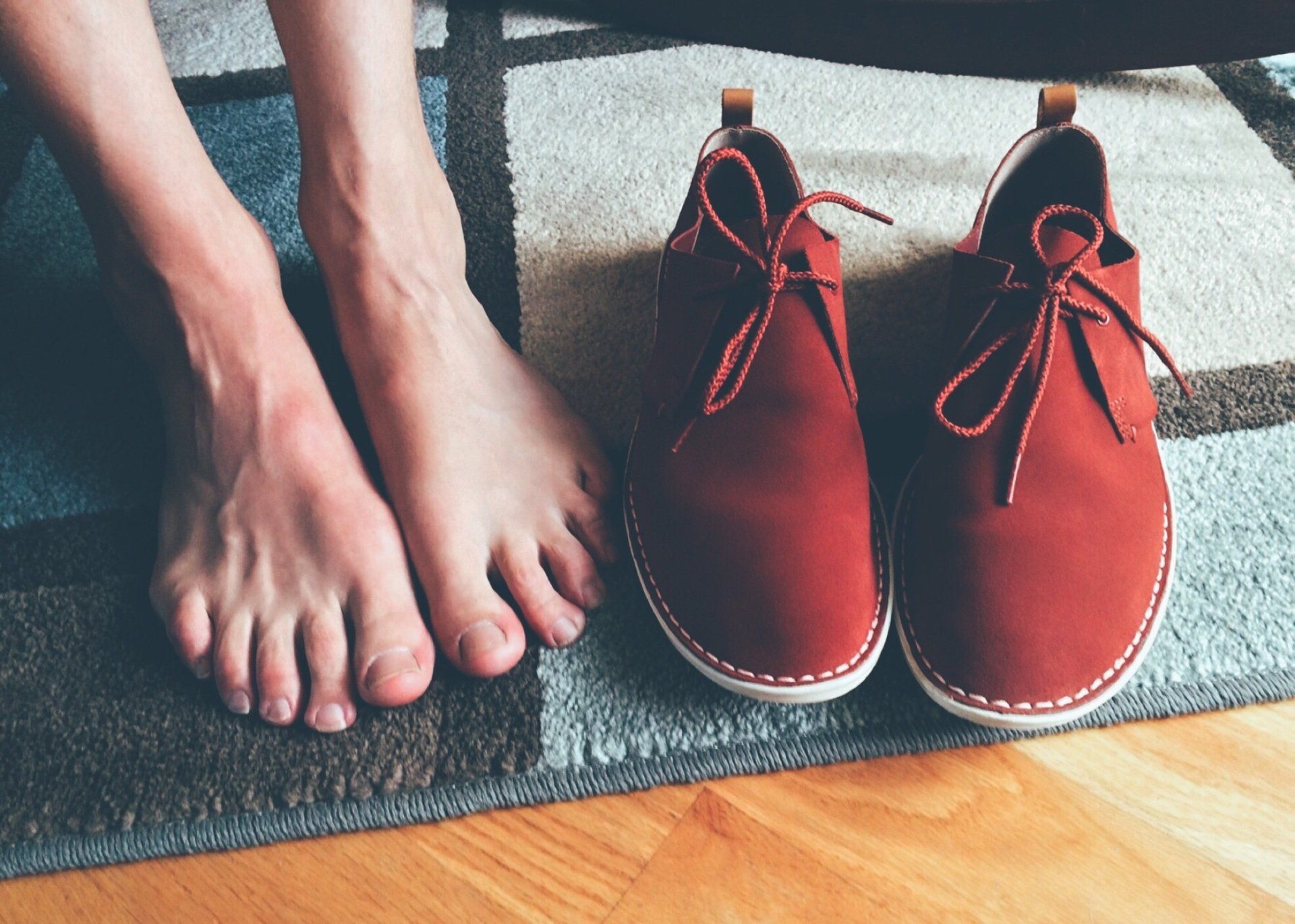Margaret's last hope

When we are in pain, we understandably want to know the cause - is it something serious, can it be fixed, when will I get better? It can be frustrating and sometimes distressing to not find an answer.
Margaret came to me for Bowen and her fist words were "You're my last hope"
She had been suffering with pain in her the upper left region of her abdomen. Years previously she had been diagnosed with IBS and had followed the FODMAP diet after discovering she was wheat intolerant. She had tried the diet again, but it had not worked this time - curiously something that did help was visiting the gym and also swimming. She had visited her GP and had numerous tests including scans and endoscopies, but nothing abnormal was found. Her pain seemed to occur after her midday meal, and was much worse on standing - being seated gave her some relief. I explained to her that I really didn't know whether the Bowen would help, but that I could assess her alignment and any areas of tension and we would go from there.
On treating her I quickly found a probable culprit - the psoas muscle.
Margaret also had a long history of shoulder problems, and had had several steroid injections and surgery to try to alleviate her pain and lack of range of movement. When she returned for her follow-up treatment her shoulder was feeling less painful and she had a better range of movement. After her third treatment she reported she was feeling much better. "I am no longer hanging off the kitchen worktop begging my husband to rub my back because I can't move with the pain!" Her neck was better - this had been an issue for years, but now her range of movement had improved "I can see behind me when driving without having to twist my whole body!" Her shoulders were better too - she could now dry her own hair. Her bowels were normal again after a years of diarrhoea with occasional bouts of constipation. The psoas has the potential to affect so much in our body!
So what is the psoas muscle?
This muscle is an 'adductor' - that is, it enables lifting of the leg and is also a muscle that responds to stress, anxiety or fear. When our flight or fight system is activated, this muscle is also activated to pull us into a protective curve. It is a major stabilizing muscle of the back, originating at T12/L1 of the spine and attaching at the greater trochanter (hip). If it is tight it can cause back ache or pain in the hips, or even IBS as the muscle runs through our abdomen. People with a tight psoas might find it difficult to lie flat on their back, or sometimes stand up straight. Your psoas muscles allow you to bend your hips and legs towards your chest, for example when you are going up stairs. They also help to move your leg forward when you walk or run.
A tight psoas may also affect breathing - there are two tendons from the diaphragm that hat extend down and connect to the spine alongside where the psoas muscles attach. One of the ligaments (the medial arcuate) wraps around the top of each psoas. Also, the diaphragm and the psoas muscles are connected through fascia that also connects the other hip muscles.
People with tight psoas may also have digestive issues - they may be constipated or have IBS type symptoms, as in Margaret's case. A large network of lumbar nerves and blood vessels passes through and around the psoas muscles. Tightness in the psoas muscles can impede blood flow and nerve impulses to the pelvic organs and legs.
In addition, when the psoas is tight your torso shortens decreasing the space for your internal organs. This affects food absorption and elimination.
During prolonged periods of stress the psoas is continually contracted. The same contraction occurs with sitting for long periods of time, excessive running or walking, sleep in a foetal position, or doing lots of sit ups.
Margaret has now had 3 treatments and is almost fully recovered.
Perhaps you have some of these symptoms? Check in for a free 15 min consultation and find out what Bowen could do for you.



